Smart building infrastructure enables organizations to quickly take advantage of the latest advancements and designs in construction and the IoT. This allows them to benefit rapidly.
Smart buildings provide us with the means to become much more efficient and automated. This also grants us the ability to gain a better understanding of our built environment. This level of efficiency and awareness was not possible until recently. Moreover, this industry is booming, with expectations that it will have more than tripled by 2029.
We recently covered six smart building technologies you should pay close attention to if you own, manage or invest in commercial or multi-residential properties. The range of new technologies is increasing rapidly.
We have identified five more IoT trends that will become more prominent in the coming year.
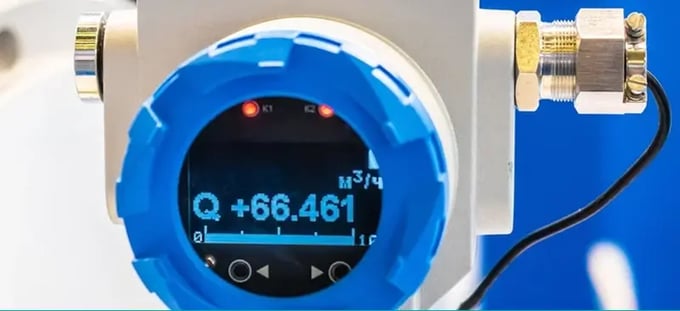
Flow control and metering sensors
Flow control sensors in smart buildings are a must-have if you want to improve efficiency, reduce costs, and ensure safety. These sensors allow for real-time monitoring of the water that flows throughout the homes and offices in your building. You can then use this real-time data to predict and adjust daily consumption levels.
Sensors, such as water leak detection, provide direct knowledge of any leak or burst pipe. This knowledge can be used to predict when and where failure will occur. Replacement of parts can be done before any losses or damage are suffered.
Suppose you have an HVAC system that relies on water to distribute heat throughout your building. You can use sensors to adjust and optimize the flow rate. This will ensure the systems run at peak performance, leading to energy savings.
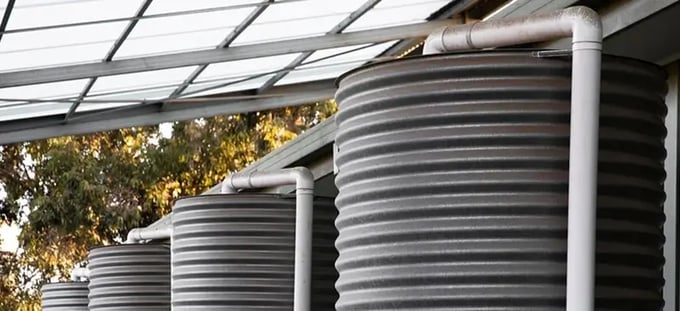
Liquid level sensors
Liquid level sensors provide real-time monitoring of tanks and reservoirs in your building. They complement flow control and leak detection sensors. This doesn’t just involve water but any other fluid chemicals you might use.
What sets these sensors apart in the IoT space is the precision and speed at which they can track fluid levels. The concept of these sensors has been around for a while. In fact, every modern automobile has one in their gas tank. You can get sensors that use capacitance probes, ultrasonic, or radar technology, depending on the fluid, the context it’s being used in and the size of the tank.
Providing precise data on liquid levels makes it easy to use IoT. This information is centralized using a network. Scaling fluid usage up or down and reducing the risk of accidents can be achieved by over or underfilling.
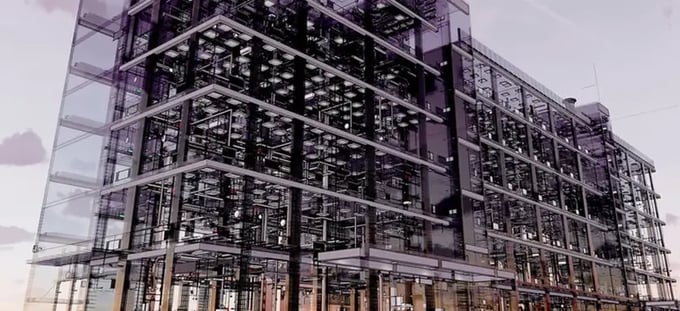
Structural health monitoring
IoT technology has huge possibilities. It can help us to better understand the state of our buildings, bridges, and other vital infrastructure. It can also help us to grow and increase our awareness. Before, structural integrity monitoring relied on engineers and facilities management taking manual measurements with few or no networked sensors.
Technology has advanced to a point where it is both affordable and easy to install sensors in a new building. These sensors track strain, stress, and vibrations experienced by the building. Machine learning algorithms use this data to estimate the lifespan of a structural beam, wall, or foundation. This also helps determine when it is best to replace or renovate it.
This can have many benefits for a building: increased safety and longevity, reduced costs and uncertainty. Without taking out a wall or digging a hole, it is hard to know the extent of damage or wear.
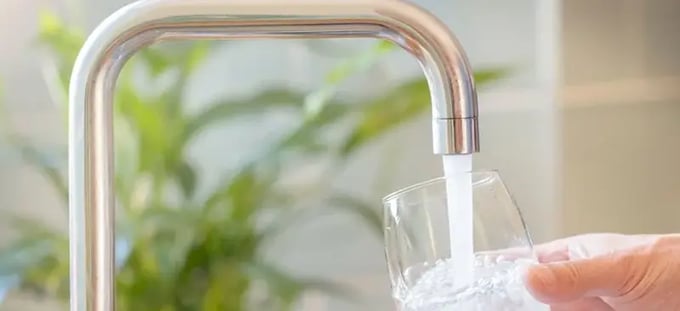
Water quality sensors
Water quality sensors are an essential tool in smart buildings’ integrated IoT networks. These sensors track key water quality metrics, such as pH, turbidity, dissolved oxygen levels, and even water hardness.
Building managers can integrate sensors into an IoT network. This provides a real-time view of water quality throughout the building. They will also receive alerts when water quality drops below a certain level.
This only has obvious benefits for ensuring the safety and well-being of building occupants. Water management costs can be reduced by using this technology. It makes it easy to detect and track even minor changes in water quality. This is beneficial for ensuring high water quality.
Chemical quality sensors
Quality monitoring sensors are no longer limited to water pipes. Chemical quality sensors play an essential role in factories and on assembly lines. This includes a family of transducer-based gas and fluid sensors that monitor chemical composition.
Some of these sensors will be familiar to you. Even uncommon ones have been around for a long time – the main innovation within IoT is having them networked and being able to centralize and analyze data from them together – think carbon monoxide detectors or ozone monitors, but also things like hydrogen sulfide sensors which are used in both hydrogen fuel cell production and can be used to monitor for certain kinds of food spoilage.
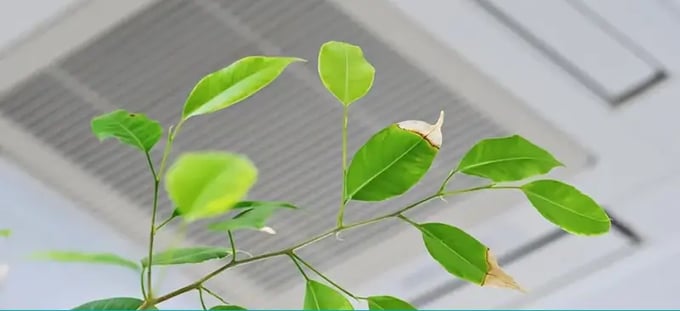
Make your building smarter with LAIIER's sensors
We contribute to smart building development with water detection technology that can fit in all the small, tight spaces that are a part of my industrial, commercial and multi-residential facilities. We can do this because we make our sensors as smart tape – you can stick it around pipes, joints, and structural areas where water commonly leaks in and then, using our proprietary network technology, alert you if even two drops of water get in where they’re not supposed to.
You can learn more about our technology here.